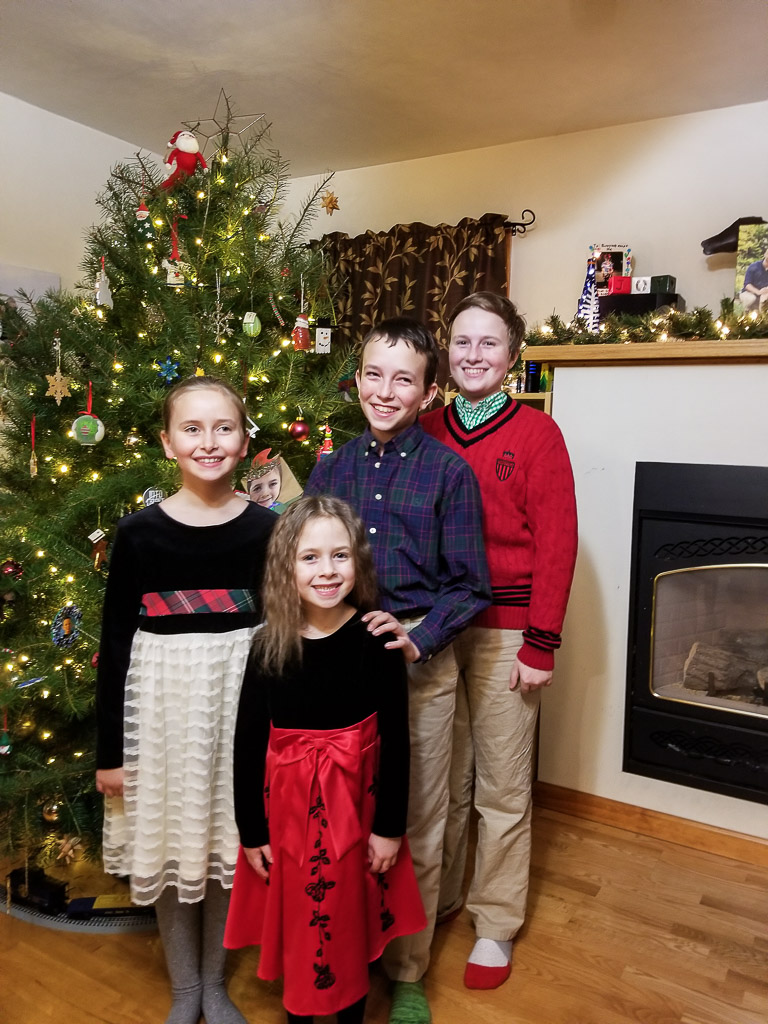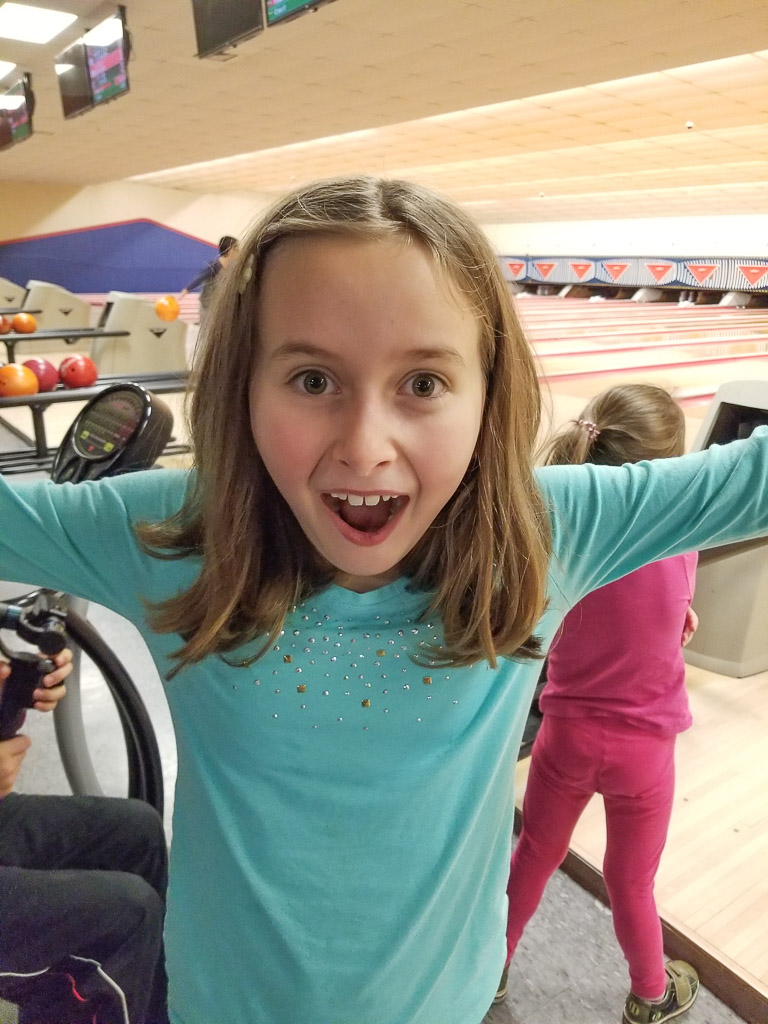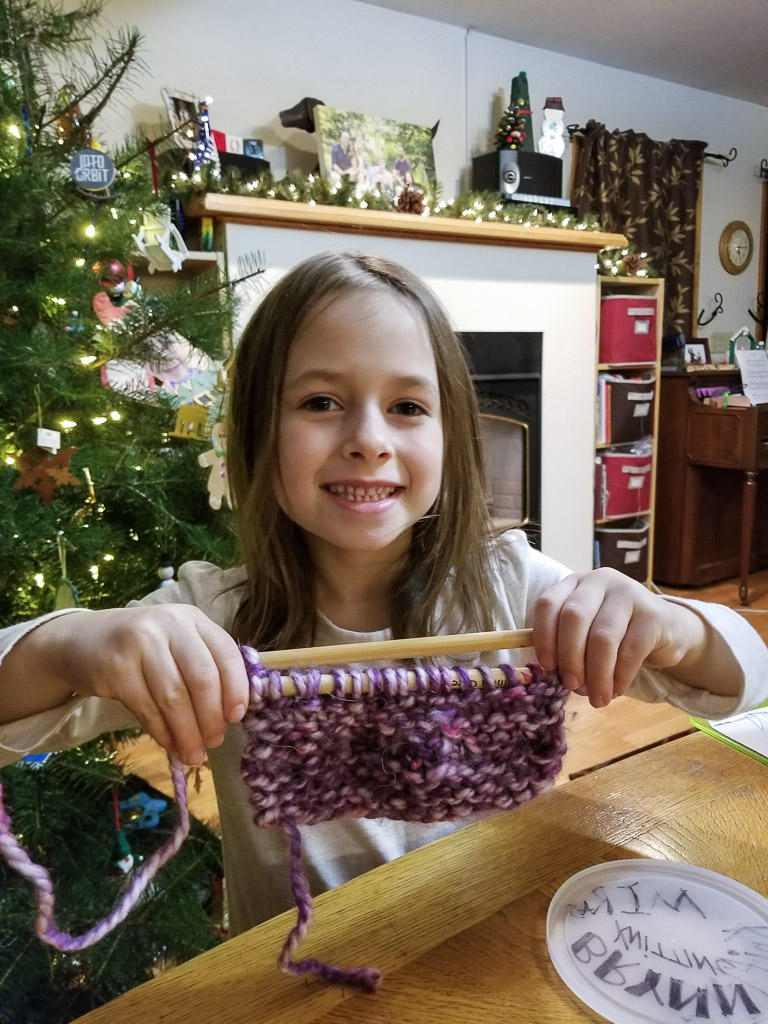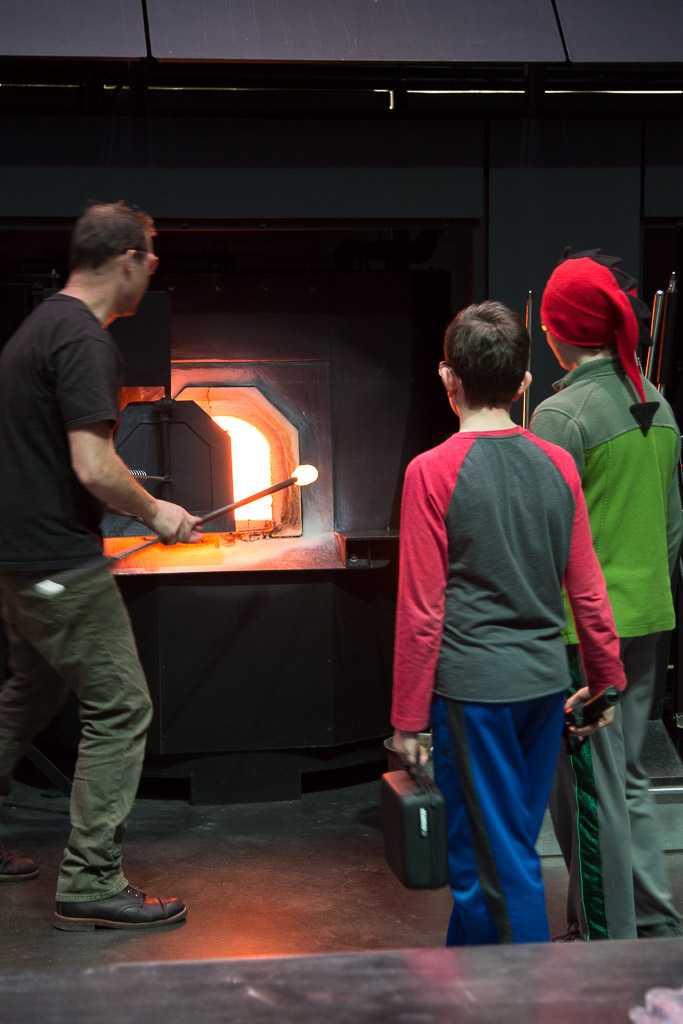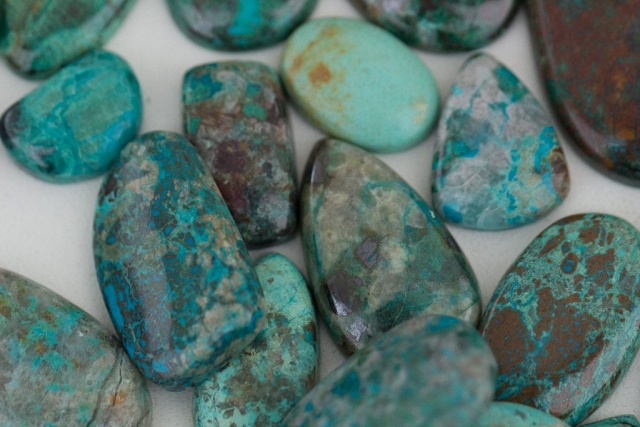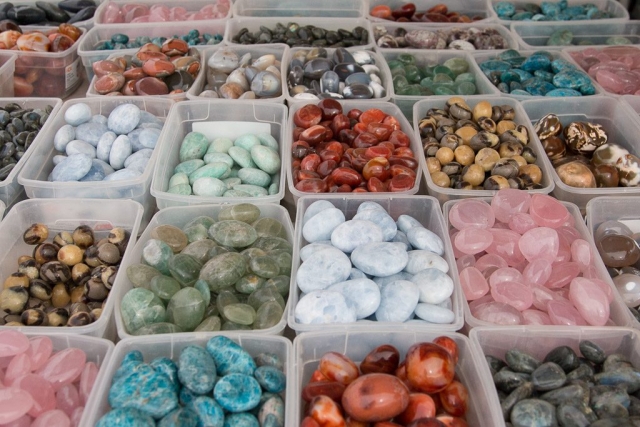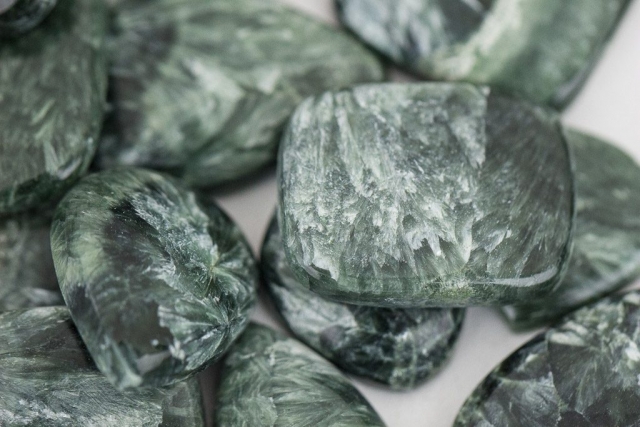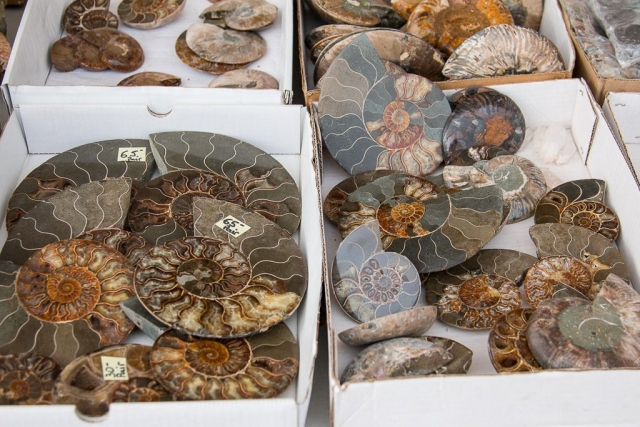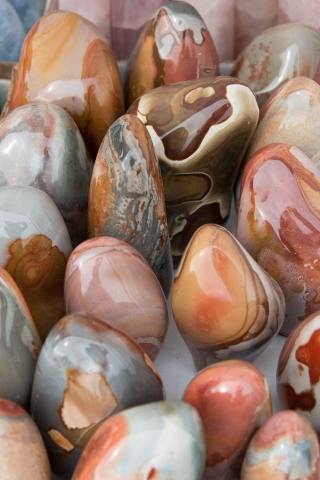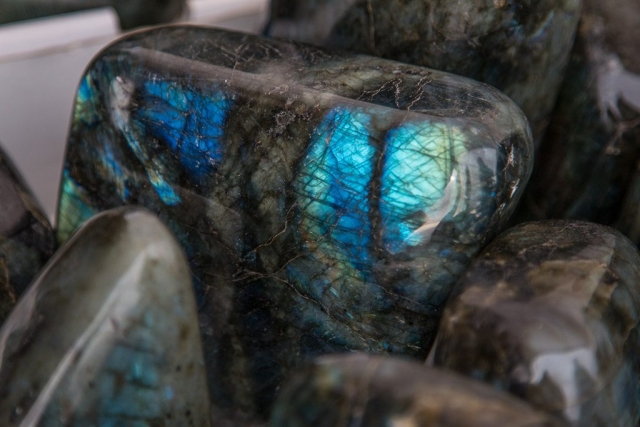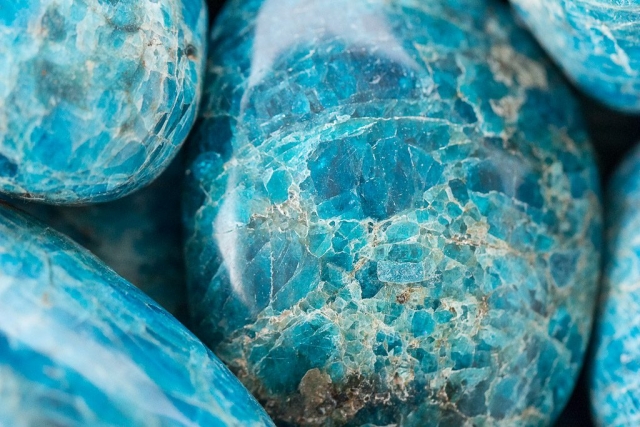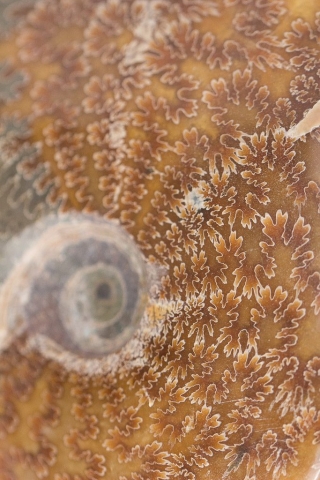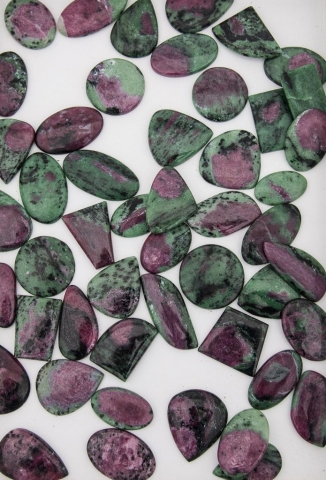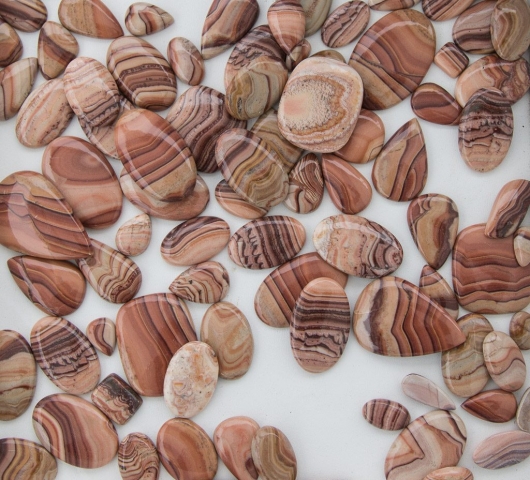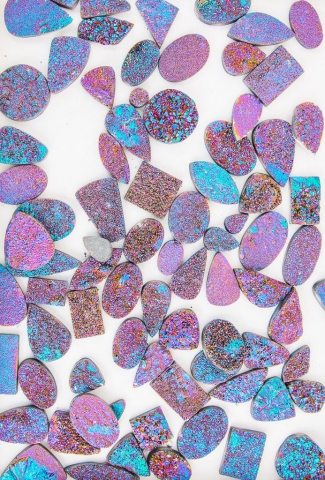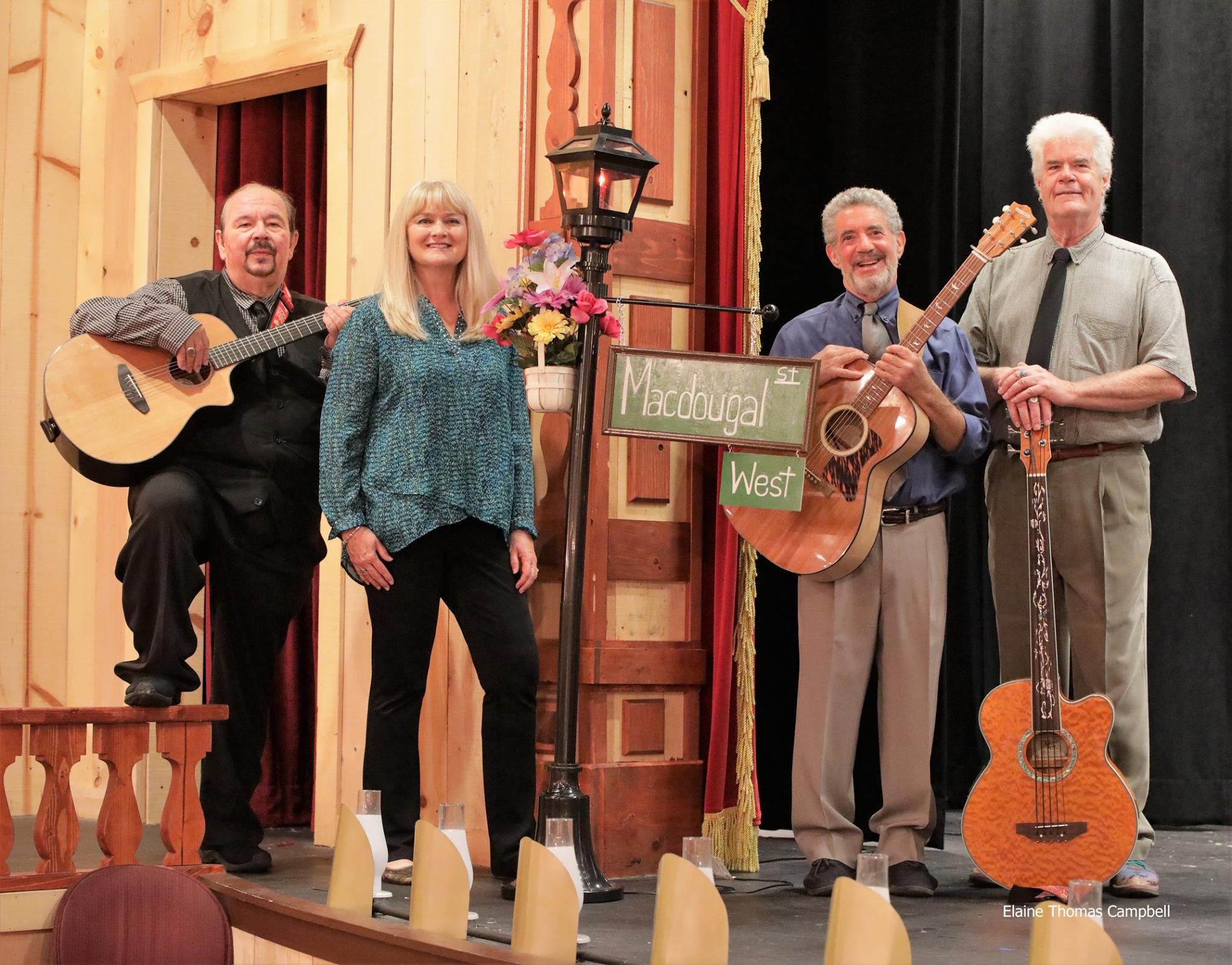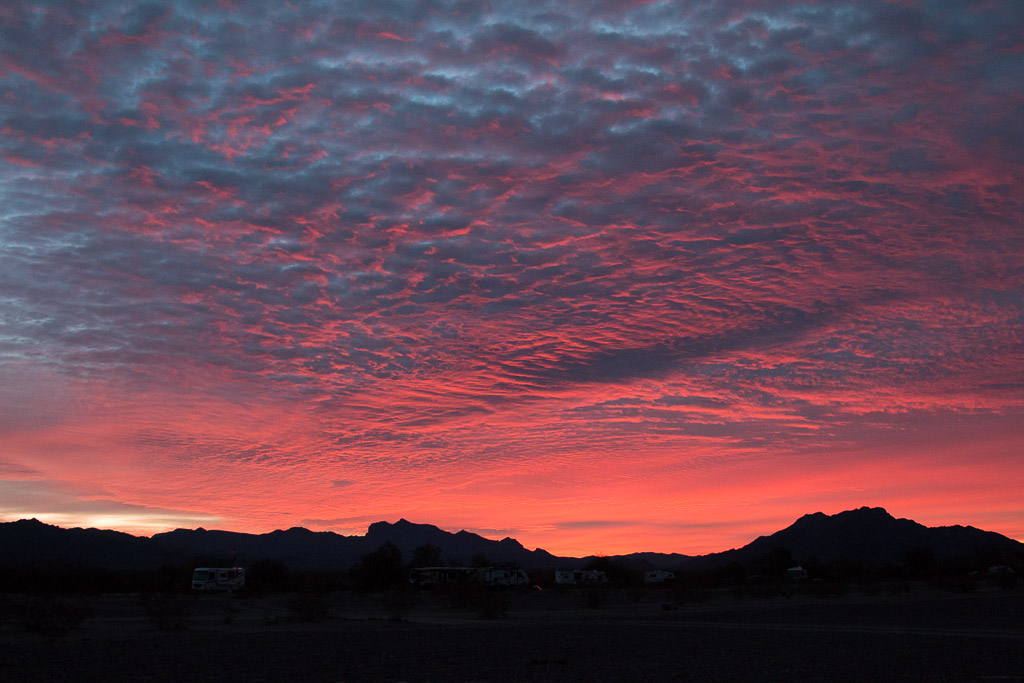Our kids and their spouses got really creative this Christmas and gifted us with some unique experiences in the Yuma valley, about 80 miles south of where we are wintering in Quartzsite, Arizona.
Beth and Jon gave us a Field to Feast experience and what a fabulous time we had this past week! We had to be at the Yuma Visitor Center by 7:45 AM so we left our campsite just after 6 AM. It was that time when the dark of night yields to the first trace of dawn; the stars and a few planets were still visible as the eastern sky was just giving way to a hint of light.
We arrived in Yuma and were surprised to see a very large, luxurious tour bus waiting for us in the lot. We signed in and hopped onto the bus just as the sun rose in front of us for another gorgeous desert sunrise.
Mark, our tour guide, explained our itinerary for the day—our first stop would be the University of Arizona Agricultural Center where we would meet with a master gardener and a research scientist before harvesting some vegetables for the local food bank.
When we arrived at the Ag Center, the speakers hopped onto the bus one at a time and explained the gardens. Martha first told us about the variety of crops and how they’re planted in a rotation so that there is always something to harvest. The huge garden includes brussel sprouts, several varieties of lettuce including romaine, broccoli, several kinds of beets, cauliflower, radishes, carrots (including purple ones!), and lots more.
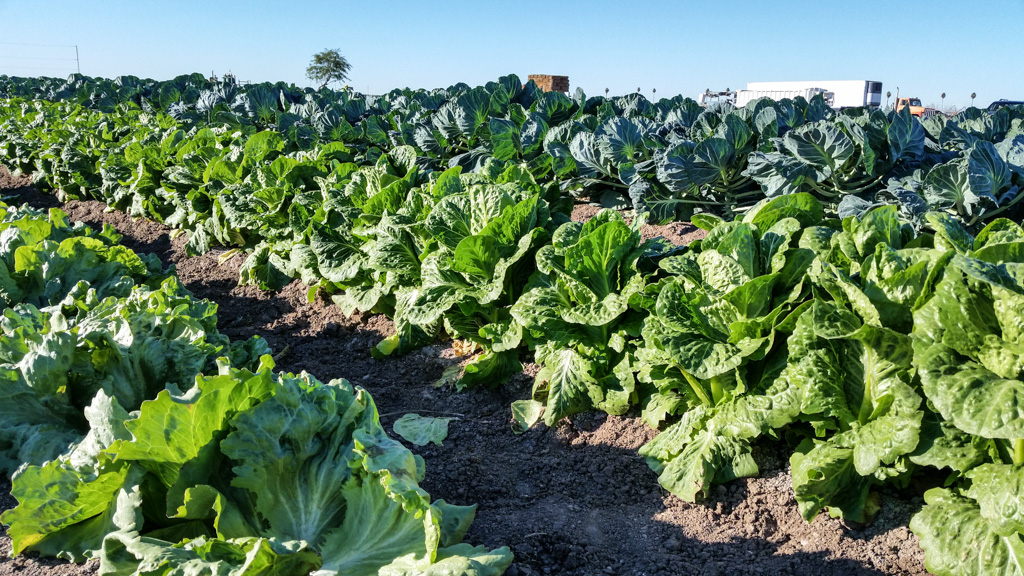
Dr. Paula Rivadeneira then hopped on board and explained that she has her Ph.D. in poop! She is an associate professor who specializes in food safety and wildlife as a cooperative extension specialist. Her main goal is to assist fresh produce growers in excluding wild and domestic animals from their fields and gardens to prevent potential fecal pathogen contamination of fresh produce crops.
Most of us on the bus were aware that the Yuma Valley was the source of the romaine lettuce recalled in the recent e. coli scare. Paula explained the precautions that are taken regularly by all the farmers in the area; food safety is the farmers’ number one priority! All farm workers are required to take safety training which is updated and reviewed regularly.
She is quite certain that the e. coli was introduced farther along the production line (the offending romaine was found in bagged salad sourced from multiple farms) when it was processed in a plant on a variety of machines and handled by a number of people.
Arizona growers can participate in a “Leafy Greens Marketing Agreement” (LGMA), which sets practices and standards for food safety. Participation is not mandatory, but nearly all growers do—competitiveness in the market demands it. If a grower participates, then the LGMA’s requirements become mandatory for the grower. The LGMA received a major update after last year’s e. coli outbreak.
Prior to harvesting, SIXTY soil samples are taken from EACH acre of the crop. Each sample is analyzed for fecal matter and other contaminants in a microbiology lab.
If any animal poop is discovered in a section of the garden, there is a five foot buffer zone established around that section; nothing can be harvested there. Scientifically, it’s proven that five feet is a sufficient buffer but many buyers opt for a 100 or even 200 foot buffer zone! She said that she wishes the buyers would understand the science and not unnecessarily waste so much food.
She pointed out that when driving by the fields, some people will stop and notice a section that the “farmer must have forgotten to harvest!” In fact, the passerby will sometime stop and grab (i.e., steal) some fresh veggies. NOPE. Farmers don’t forget to harvest an area of the garden; it’s money out of their pocket! These unharvested areas are where a fecal sample or some other problem was discovered and a buffer zone (don’t harvest!) section is designated.
Dr. Paula (as she likes to be called) talked about consumer food safety in great detail. EVERYTHING should be washed as soon as you get home from the market—yup, even that ‘triple-washed’ stuff (lettuce, spinach, etc.). She said to fill a CLEAN sink with cold water, a couple of glugs of white vinegar and a squirt or two of lemon juice. Soak everything for two minutes; run it through your salad spinner and you’re good to go! She also recommended that we clean our refrigerator shelves AND crisper drawers with the same solution.
The recommendation that we often hear to ‘wait to wash your fruits and veggies until you’re ready to eat them’ is WRONG. Wash it all as soon as you get home.
And, yes, even wash those bananas, melons, avocados, and pineapples. Whatever lurks on the skin, just travels through the fruit as we cut and slice. Interesting fact: cantelopes in the U.S. are the ONLY cantelopes in the world that do NOT have a smooth skin. The webbed skin can make it easy for ‘things’ to lurk there that you really don’t want on your food. Yuck!
Dr. Paula explained in great detail the variety of ways in which birds are kept out of the huge gardens. A range of acoustic deterrents are used including sound cannons, screamers, and shooters. Falcons and owls are used to deter small rodents; Paula is particularly excited about the falconry program! Counters (people) are used to stand on the edge of a large garden tract to keep track of bird activity and monitor the effectiveness of the deterrents.
It was time to help with the harvest! We had been told ahead of time to wear closed-toe shoes. Once off the bus, we had to wash our hands and put on hairnets and gloves. We were each handed two plastic bags and a knife–we were to write our last name on one bag and the other bag would be filled and placed into large crates for the food pantry. Yup! The bag with our name on it was for us to FILL AND TAKE HOME! And we had TWO!! What a treat!

The rows in the garden were clearly marked — we could choose whatever we wanted. We first went for brussel sprouts (we love to roast them!) and learned that they can be quite difficult to pick. We were warned to not cut off a stalk but to go for individual sprouts. If the stalk is taken the plant will not produce any more sprouts; if only the sprouts are taken it will continue to produce.

Then we found a stupendous head of butter lettuce with large leaves, just perfect for the veggie wraps we’ve been enjoying this winter. We dug up two large golden beets and a gigantic head of cauliflower!

One of the master gardeners handed us some purple carrots. We ended up with two HUGE bags full of fresh veggies that were stored in the luggage compartment under the bus along with the other visitors’ bags; what fun!
Just before we left the U of A site, a local farmer (he calls himself a “grower”) came on board to talk to us as we traveled to one of his farms; he farms more than 4500 acres and that’s considered a small farm. This is a HUGE agricultural metropolis! In fact, nearly 90% of all domestically-grown vegetables found in U.S. supermarkets this time of year come from from the Yuma Valley region.
While en route, we learned more about the irrigation systems and the effects of the petulant weather on the crops in the valley. All of the irrigation is supplied by a canal system sourced by the Colorado River. This particular grower said that fields need to be irrigated the first few days after a new crop is planted so that seed germination can take place. He doesn’t have a particular sensor system to tell him when to water as the crops grow; he goes out into the fields to check on the dryness of the soil.
The soil types in this area vary greatly. This grower’s fields have a large component of clay; it holds the water quite well resulting in less frequent waterings. We visited another (research) farm where the soil was much sandier; they have to irrigate every few days.
Too much water can be as much of a problem as too little. If there happens to be a heavy rain across a couple of days (which happened recently) and lots of wind, entire crops can be lost. Crops that haven’t made it, as well as areas that have been buffered due to fecal contamination, are just tilled back into the ground. Everything breaks down and helps to build up the soil for the next crop.
Crops are grown to order (rather than on speculation). The reason these people refer to themselves as “growers” is that they simply grow the crops; the purchaser is responsible for all of the other steps—harvesting, processing, packaging, shipping, etc.
It was fascinating to learn that broccoli is shipped by boat to Japan on the same day it is harvested. Due to a poor growing season in Europe this year, romaine lettuce from the Yuma Valley is in great demand and shipped by air to Europe.
As with all other parts of our lives, technology has radically changed farming. Tractors and other large equipment are self driving, guided by enhanced GPS (apparently the farmer still has to turn them around at the end of the rows). The irrigation systems used to bring the Colorado river’s water are gravity fed. To make this efficient, all the fields are leveled by laser as the last step in field preparation before each planting.
We arrived at one of the grower’s fields just over the Colorado River in California where romaine lettuce hearts were being harvested. This is an amazing process with the people actually picking the hearts and the people bagging and boxing them working only a few feet apart.
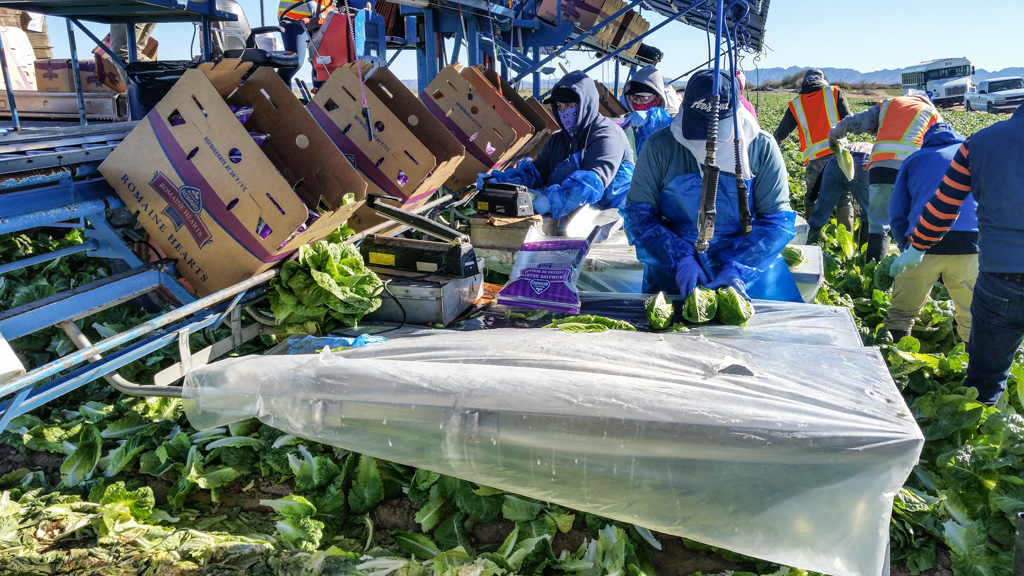
From the time the lettuce leaves the ground to the time it is bagged and in a box ready to be shipped to the supermarket appeared to be well under a minute!
Our guide, Mark, told us that he has been leading this tour at least once a week for three years, and he had never before been as close to the harvesting operation as we were able to get! Score!
After thanking the grower and saying goodbye, we went to Arizona Western College, for a lunch prepared by their culinary department using food from the UofA Ag Center’s garden. Delicious!

Finally, the tour went to AWC’s agricultural center. The college offers an associate degree in agriculture. Their focus is twofold: hands-on learning in the soil to complement the book/classroom learning, and doing research studies in conjunction with industry. Many of their graduates go on to complete a bachelor’s degree with a double major in agriculture and business at the University of Arizona. We were able to talk with AWC students at various stages of progress through the program, as well as one graduate of the program (and of UofA) now employed in the industry and performing research on the college’s fields.
After a very full day, we headed back home (the camper is home!) and washed all our new vegetables as instructed by Dr. Paula. Now… how to fit it all in our refrigerator???

